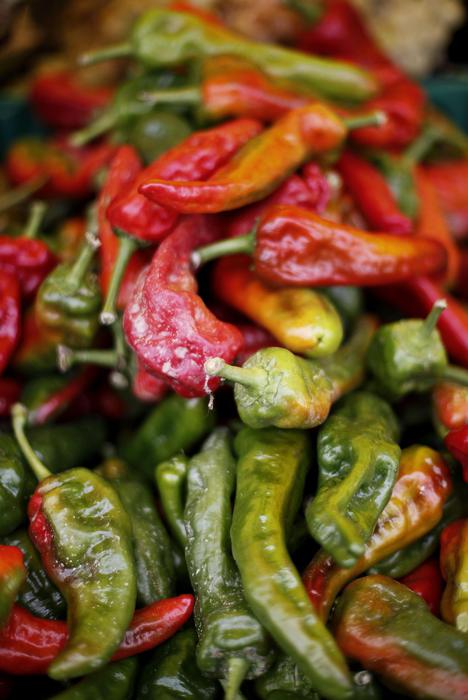Peppers and chillies, a millenary crop that has evolved all over the world, have no more secrets. This is thanks to an international team of researchers coordinated by Crea and the German Leibniz Institute that has reconstructed its genetic history, discovering how much culinary tastes and food traditions have conditioned biodiversity and the spread of this product, but also paving the way for new varieties. resistant to the new climate.
The study, published in the American scientific journal PNAS, in which Enea and the University of Turin participated, analyzed over 10 thousand samples of the Capsicum pepper, kept in the germplasm banks of over 130 countries around the world. 26,000 DNA barcode sequences were then developed, studying the similarity between geographic regions to which they belong. It was thus discovered that peppers in the wild are typical of the Andean region and their first domestication took place in Mexico and other regions of South America, with a complex process similar to what happened for other crops such as corn. New centers of genetic diversity have therefore been identified in Eastern Europe,Africa and South East Asia and identified the various trade routes that have allowed the spread and diversification of pepper and chilli. The sweet types traveled in the footsteps of Portuguese merchants between Central-South America and Europe and then spread through the silk road. The spice route, on the other hand, could have determined the greater diffusion of spicy varieties in the areas of Southeast Asia.
This is a study that opens up new interesting perspectives, explains the coordinator Pasquale Tripod del Crea, "thanks, in fact, to the genomic information collected, it will be possible to work on new potential improved varieties and choose new areas towards which to allocate the productions, always in a 'optics of resilience to climate change and environmental sustainability ".











/cloudfront-eu-central-1.images.arcpublishing.com/prisa/S7ERVSCT4FUVX6R7TUVBDNTH5Y.jpg)



